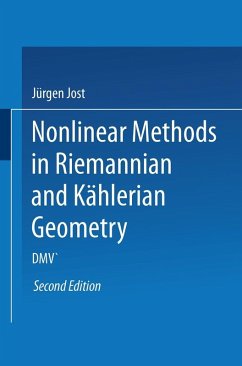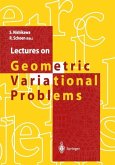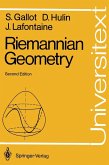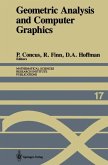In this book, I present an expanded version of the contents of my lectures at a Seminar of the DMV (Deutsche Mathematiker Vereinigung) in Düsseldorf, June, 1986. The title "Nonlinear methods in complex geometry" already indicates a combination of techniques from nonlinear partial differential equations and geometric concepts. In older geometric investigations, usually the local aspects attracted more attention than the global ones as differential geometry in its foundations provides approximations of local phenomena through infinitesimal or differential constructions. Here, all equations are linear. If one wants to consider global aspects, however, usually the presence of curvature Ieads to a nonlinearity in the equations. The simplest case is the one of geodesics which are described by a system of second ordernonlinear ODE; their linearizations are the Jacobi fields. More recently, nonlinear PDE played a more and more pro~inent röle in geometry. Let us Iist some of the most important ones: - harmonic maps between Riemannian and Kählerian manifolds - minimal surfaces in Riemannian manifolds - Monge-Ampere equations on Kähler manifolds - Yang-Mills equations in vector bundles over manifolds. While the solution of these equations usually is nontrivial, it can Iead to very signifi cant results in geometry, as solutions provide maps, submanifolds, metrics, or connections which are distinguished by geometric properties in a given context. All these equations are elliptic, but often parabolic equations are used as an auxiliary tool to solve the elliptic ones.
Dieser Download kann aus rechtlichen Gründen nur mit Rechnungsadresse in A, B, BG, CY, CZ, D, DK, EW, E, FIN, F, GR, HR, H, IRL, I, LT, L, LR, M, NL, PL, P, R, S, SLO, SK ausgeliefert werden.









